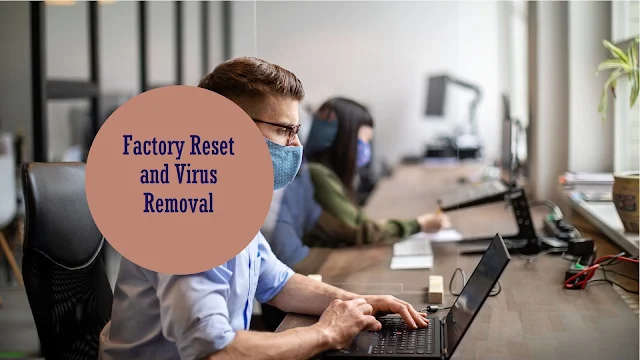When your computer is infected with a virus or malware, it can significantly impact your system's performance and security. One common solution users consider is resetting their device to factory settings. But does this method effectively remove viruses? Here’s a detailed look at what resetting to factory settings does and whether it can help you eliminate malicious software.
What Is a Factory Reset?
A factory reset, also known as a system restore or a hard reset, reverts your computer to the state it was in when you first purchased it. This process removes all installed programs, personal files, and system settings, restoring the original operating system and default software.
Does a Factory Reset Remove Viruses?
In many cases, a factory reset can remove viruses and malware. Since the reset process deletes all data on the hard drive, including installed programs and personal files, most viruses that are embedded in these areas will be eliminated. However, there are important caveats to consider:
- Embedded or Advanced Malware: Some sophisticated viruses and malware can embed themselves deep within the system files or even in the firmware. These types of infections may survive a factory reset because they reside in areas of the system that aren’t affected by the reset process.
- Re-infection Risks: If you restore files or programs from an infected backup after a factory reset, the virus can quickly re-infect your system.
Steps to Perform a Factory Reset
If you decide to proceed with a factory reset to address a virus, follow these general steps:
Backup Important Data: Before performing a reset, make sure to back up important files to an external drive or cloud storage. Ensure that the backup is clean and free from infection.
Disconnect from the Internet: Temporarily disconnect your computer from the Internet to prevent the virus from communicating with external sources or spreading to other devices.
Access Factory Reset Settings:
- Windows 10/11: Go to Settings > Update & Security > Recovery > Reset this PC. Choose the option to remove everything and reinstall Windows.
- macOS: Restart your Mac and hold down Command + R to boot into Recovery Mode. Then, select Reinstall macOS.
Perform the Reset: Follow the on-screen instructions to complete the factory reset process.
Reinstall Necessary Software: After the reset, reinstall essential software and updates. Be cautious when restoring data, ensuring that you scan all files for viruses before reintroducing them to your system.
When a Factory Reset May Not Be Enough
While a factory reset is a powerful tool for removing many types of viruses, it may not always be sufficient, especially against advanced or persistent malware. In such cases, additional steps may be necessary:
- Use a Bootable Antivirus Tool: Some antivirus tools can be run from a bootable USB drive, allowing you to scan and clean your system before the operating system loads.
- Check Firmware for Infections: Although rare, some malware can infect the firmware of your computer. Consider updating your device's firmware to remove such threats.
- Consult Professional Help: If the virus persists after a factory reset, it may be time to consult with a professional technician who can perform a more thorough system cleanup.
Conclusion
A factory reset is a highly effective way to remove most viruses and restore your computer to a clean state. However, it is not foolproof against all types of malware, particularly those that are deeply embedded or reside in firmware. Always use reliable antivirus software in conjunction with a reset, and be careful when restoring data to avoid re-infection.

Comments
Post a Comment